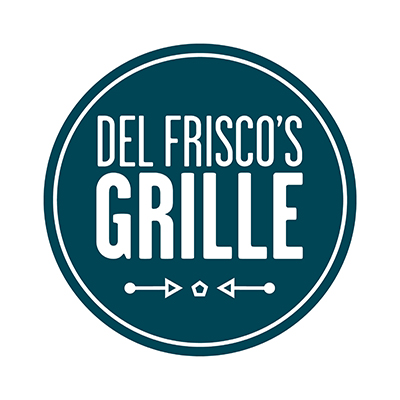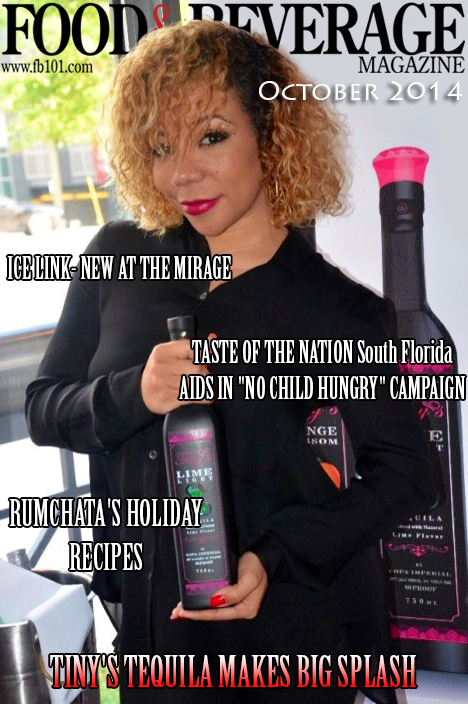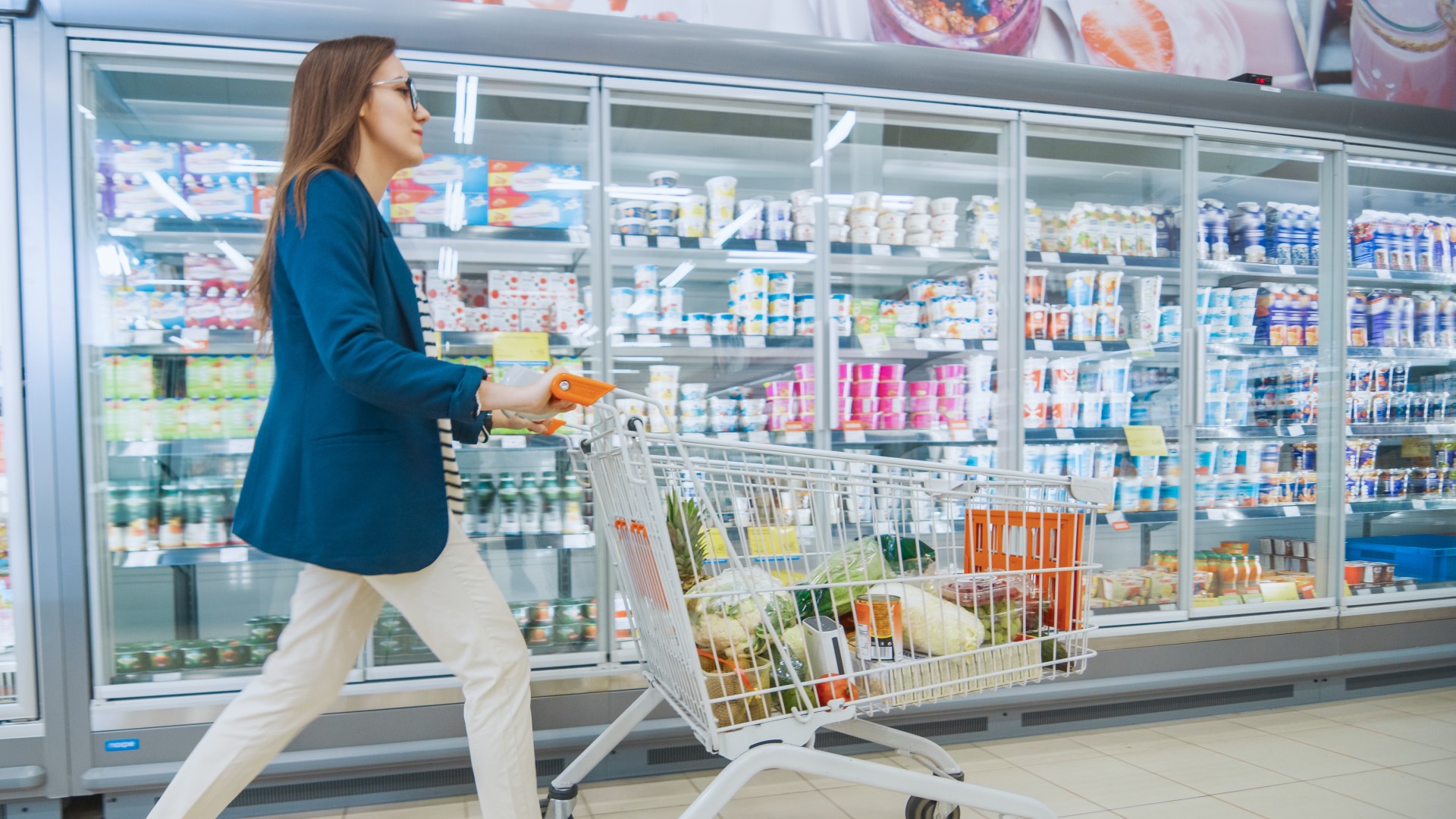Recently I made a reservation for two at a premium steakhouse in Scottsdale, Arizona to celebrate my birthday. Using OpenTable to book the dinner reservation, I was prompted to note whether this was a special occasion. Anticipating a special dessert with a “Happy Birthday” message swirling in chocolate on the perimeter of the plate, I checked the box for “Birthday” and confirmed the reservation for a party of two.
When we arrived, we were seated in a quiet romantic corner of the restaurant away from the social buzz of the bar. The only problem was that this was not a romantic celebratory dinner for two. Instead it was me dragging my teenage son out for a nice meal to celebrate my birthday.
The moral of the story is this: a restaurant can benefit greatly from knowing why a guest is showing up – which version of themselves – and responding accordingly.
Guests visit restaurants for all sorts of occasions – birthdays, work dinners, anniversaries, nights out with friends, and so on. It’s a restaurant’s job to know which version of the guest is showing up on any given day, and to know how to cater to that guest with ease. There are key practices that help brands create a lifestyle around food and beverage and, armed with the knowledge of understanding who’s showing up, you can use them to elevate your brand.
Personalization through loyalty
According to a survey conducted by Toast, 25% of guests see loyalty programs as extremely important to their guest experiences, and 24% of restaurant professionals see them as extremely important to their retention strategies. Restaurateurs can make every guest experience exceptional with personalization achievable through loyalty programs. Loyalty programs provide the perfect platform for creating a customer management system to enable you to deliver personalized experiences.
At a minimum, you can ask for information such as birthdays, anniversaries, dining preferences, and allergies as part of the data collection to join the loyalty program. All you need to personalize the visit is the names and preferences of guests.
Customization by type of guest
An article from SpotOn, a leading technology provider offering insights and inspiration to help restaurant businesses compete and win, identified five types of restaurant guests. We explored the five types and identified ways to serve them to suit their specific needs and preferences.
#1. Health conscious consumer
Call out healthy options on your menu and be sure to offer substitutes.
# 2. Tech savvy diner
Balance technology with the human touch to create seamless dining experiences and add convenience where it matters.
#3. Social-media savvy guest
Social media has become a significant content source for potential customers. Stay up-to-date with the latest trends, encourage sharing, and be sure to engage on social platforms online.
#4. Eco-conscious visitor
Environmental impact of food production and consumption is a growing concern among consumers. Offer eco-friendly dining options and be honest about it.
#5. Experience-focused patron
Experiential dining is growing in popularity, especially among younger generations who seek dining experiences as forms of entertainment. According to Eventbrite, 75% of diners would pay more for a unique dining experience. Do everything you can to empower your staff and encourage team members to curate exceptional dining experiences for guests.
Tailoring by asking questions
It doesn’t take much to make guests feel special. Pay attention, ask questions, and request clarifying information. According to a survey conducted by PwC, 74% of consumers believe positive experiences influence purchasing decisions when it comes to making a decision about a restaurant. Sometimes it only takes going a little deeper to find out about who your customer is: who they are celebrating with, whether it’s a milestone event, or if they are visiting from out of town. In fact, according to the same survey, 63% of U.S. consumers say they’d share more information with a company that offers a great experience.
Know upfront to deliver in the end
When armed with a little information, restaurateurs can create a bespoke design to how they approach service, and that can define how you deliver the experience. When expectations are met, consumers have a greater sense of satisfaction. A good experience is all it takes to create loyal guests eager to share their experiences within their circle of friends and people of influence.
To deliver a better, more customized experience for your guests it only takes a little more understanding in the beginning to deliver a positive and endearing experience in the end.








